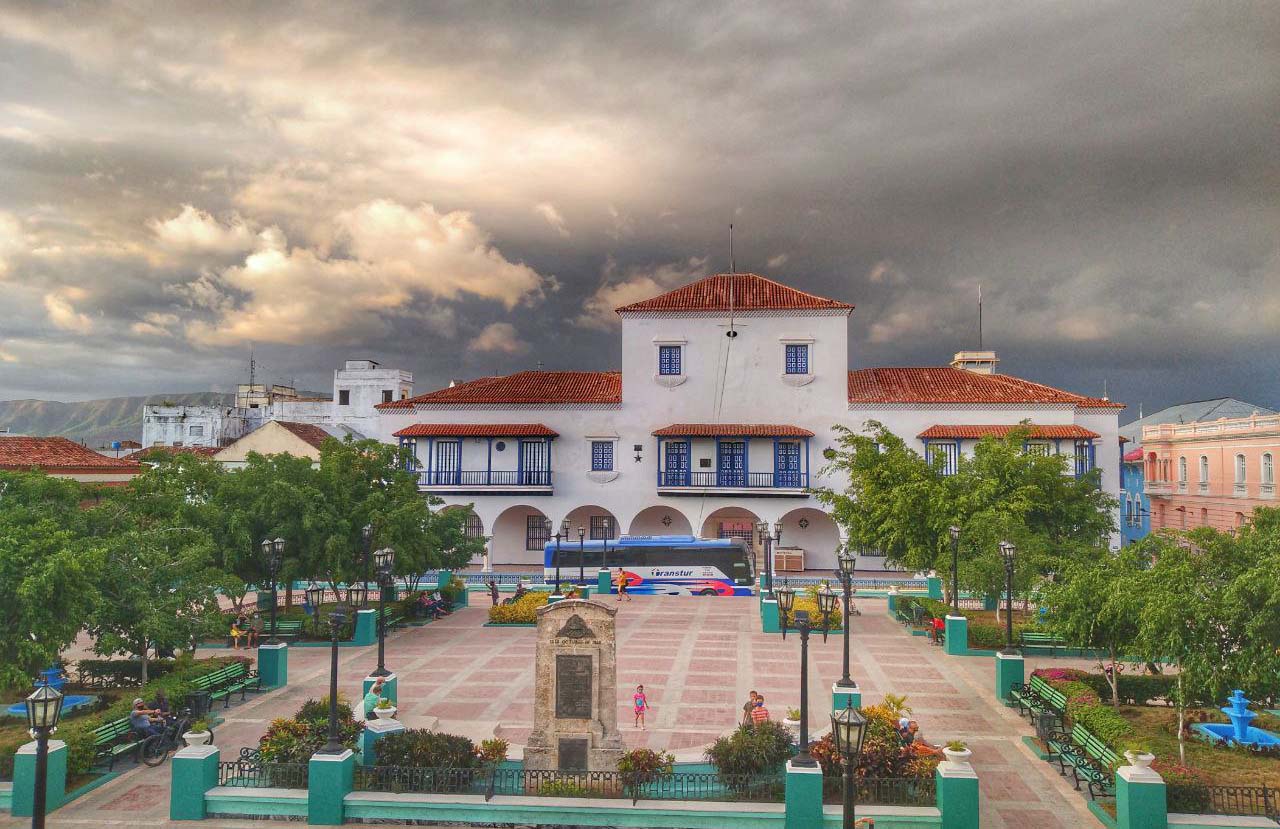
Santiago de Cuba, July 25 – Perhaps on July 25, 1515, when Diego Velázquez decided to found the last of the seven initial towns, this land trembled, the sun grew more intense, or the blue waters of the bay embraced the Sierra Maestra mountains more tightly, as if nature had wanted to shape it strong and beautiful.
Its history was built on lands inhabited by Indians from the Bayatiquirí chiefdom, where the word "Cuba" referred to the area.
In honor of the Spanish patron saint, the conquistadors named it Santiago, but, as a symbol of the rebellion that characterizes it to this day, the name Cuba would survive to become the city's surname and the country's name.
Perhaps Velázquez never imagined that this would be the place where African slaves would first enter the island, the refuge for the French who fled Haiti during the days of the Revolution, or that not a street or stone would remain without experiencing the pain of the struggles for the future.
Santiago wasn't a spectator, it was a protagonist; it would be difficult to tell the nation's history without recounting the events that took place here: the Baraguá Protest, the independence conspiracies, and the assault on the Moncada Barracks, when the young people of the Centennial Generation decided to change the course of the country, writing the first page of the period of struggle that would lead to the triumph of January 1959.
It is not in vain that it is the only city to hold the title of Hero City, for its identity is shaped by courage: it gave 29 generals to the XIX-century wars of liberation, including Antonio Maceo, and was home to the revolutionaries Josué and Frank País, and to Vilma Espín.
Perhaps the colonialist did not think that this territory would be a melting pot of culture, here genres were born that define the essence of Cuba and the Caribbean: the son, that mestizo rhythm that makes the world dance; the bolero, which sings to eternal loves; the French tomb, a source of heritage pride; the trova, which still beats young on Heredia Street.
Esteban Salas, Electo Silva, Sindo Garay, Compay Segundo, Ñico Saquito, and Eliades Ochoa are musicians who conquered the world and bring pride to this southeastern province, along with other intellectuals such as Fátima Patterson, Dagoberto Gainza, Alberto Lescay, Reinaldo Cedeño, and Olga Portuondo, to name just a few.
The city gave another gift to the world: light rum. In the cathedral of that drink, bold masters transformed the harshness of aguardiente into a smooth, aromatic, and elegant liquor that became the best in the world, a symbol of joy and tradition.
This is a city in motion, resonant, cosmopolitan, with a sandunguero hip walking, up and down by Enramadas, Padre Pico, San Francisco, Plaza de Marte or Céspedes Park; it's a conga and a carnival; it's the place where every September thousands of devotees walk kilometers to reach the Santuario del Cobre and pray for ashé and prosperity to Cachita.
And if we're talking about sports, what can we say about that euphoric Guillermón when Las Avispas sting the hardest?, where every out and every home run is lived with passion and skin-to-skin contact. It's the home of Omara Durand and Ana Fidelia Quirós, icons of world athletics.
Being from Santiago is a condition of life; a pride defended by its inhabitants, who, with a humble and indomitable spirit, fight, love, create, and reinvent each day to make it cleaner and more beautiful.
Santiago was born with the vocation of greatness. It was Cuba's capital twice, and although it has suffered fires, earthquakes, hurricanes, and pandemics, like the phoenix, it has been able to rise again, each time stronger and more hospitable.
There are cities that are dreamed of, others that are lived and endure over time, Santiago de Cuba belongs to the latter.
Today it turns 510, and it doesn't age; it renews itself without losing its essence, because on every corner, balcony, and steep or cobblestone street, its history, the beauty of its layout, and the eternal beat of its drums can be felt. (Source: ACN)